Public life and social structure were more complex than it had ever been the case during the early complex societies. Large numbers of bureaucrats were needed to operate centralized governments. As a result, an educated class developed. Trading created a wealthy class which distanced itself from the poorer sections of the citizen. Slavery was also more commonplace.
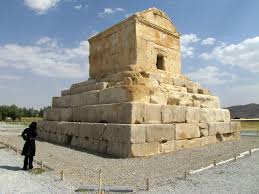
The family was the basic social unit in Persian society. Fathers had tyrannical authority, treating their children as slaves. Marriage was a formal affair which saw grooms toasted and brides kissed. Children were much sought after as legitimate heirs and hence polygamy was encouraged. Children had to obey their fathers and could be rewarded.
Persian Empire Social Customs and Laws
Incest was against Persian customs and laws, but successive Persian Great Kings named sisters, cousins, nieces, daughters, and slept with the wives and daughters of their brothers. Divorce was almost unheard of.
Several such families made up the clan. Several clans made up the tribe. The Achaemenids were one clan of the Pasargadae. Intermarriage went on between families within the same clan. The clan was the basic unit of identification.
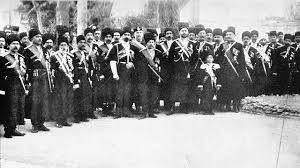
The early social structure of the Medes and Persians had been similar to that of the Aryans in India with a warrior, priestly and peasant classes. They followed a semi-nomadic lifestyle for many years in which family and clan relationships were very important. Each clan was headed by a male warrior.
Persian Empire Social Structure
However, as the empire grew and became more complex, educated bureaucrats were needed. By the time of the Achaemenid and Seleucid Empires, Persian cities had numerous tax collectors, administrators and recording clerks.
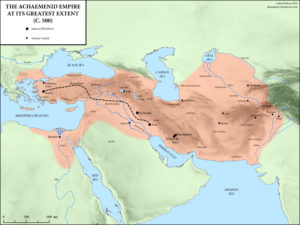
Since the Empire included people of many nationalities who spoke a variety of tongues a large corps of translators were kept on the government payroll. Since the Empire was dependent on this group of government professionals to operate efficiently, they soon rivaled clan leaders for influence and power.
Persian Society
A substantial majority of Persian society were free citizens who were not slaves but did not enjoy the privileges of clan leaders or government bureaucrats. Inside Persian cities, free people were often merchants, craftsmen, and lower ranking government employees. Members of the free societies participated in religious observances at local temples.
The temples themselves often owned agricultural and craft industries such as textiles, and the local free populace were allowed to share in the temple’s income.
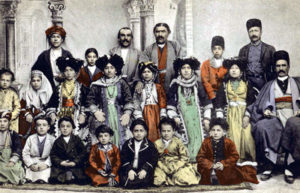
Women who wove textiles were paid in rations of grain, wine, beer, and occasionally meat. In rural areas, some free peasants owned their own land while others who were landless worked as tenants or laborers.
Free peasants had the right to marry and move to other areas at their will or could serve in the Persian military. Low annual rainfall required the building of irrigation systems, including a series of underground canals known as qanat which allowed the transport of water without loss to evaporation.
Ancient Persian Social Life
Slavery was commonplace in Persian society. A substantial number of slaves consisted of prisoners of war captured in military campaigns. Although some were military, others were civilians who had either resisted Persian control or rebelled against them. Still, others were former merchants or artisans who had fallen into debt and sold themselves or their families into slavery.

Slaves were the property either of an individual, the government, or even a temple or other community institution. They could not move or marry without the consent of their masters, although slave families were seldom separated.
Persian Empire Culture
Although many served as domestic servants or skilled laborers for wealthy people, some worked for temple communities on agricultural tasks. They often developed considerable influence themselves and could accumulate wealth.
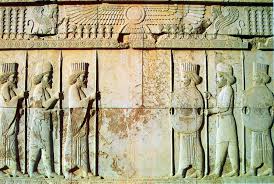
The economic foundation of Persian society was agriculture. The most commonly grown crops were barley and wheat, but peas, lentils (a form of bean) mustard, garlic, onions, cucumbers, dates, apples, pomegranates, pears, and apricots also were cultivated. The most common beverages were beer and wine.
Persian Empire Religion
Quite often, a huge agricultural surplus was harvested, much of which was sent to cities for distribution to government employees and the populace, although a substantial amount was used by Persian Emperors to furnish lavish banquets. Darius often entertained as many as ten thousand guests at a single banquet.
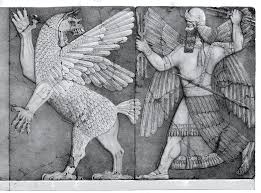
Early Persian religion was in a cult form which often venerated the sun, moon, water, and fire. Their gods were similar to the Aryan gods of India, including the use of a hallucinogen that called haoma, similar to the Aryan soma. Their common religious features resulted from their common Indo-European ancestry. They glorified strength and martial virtues.